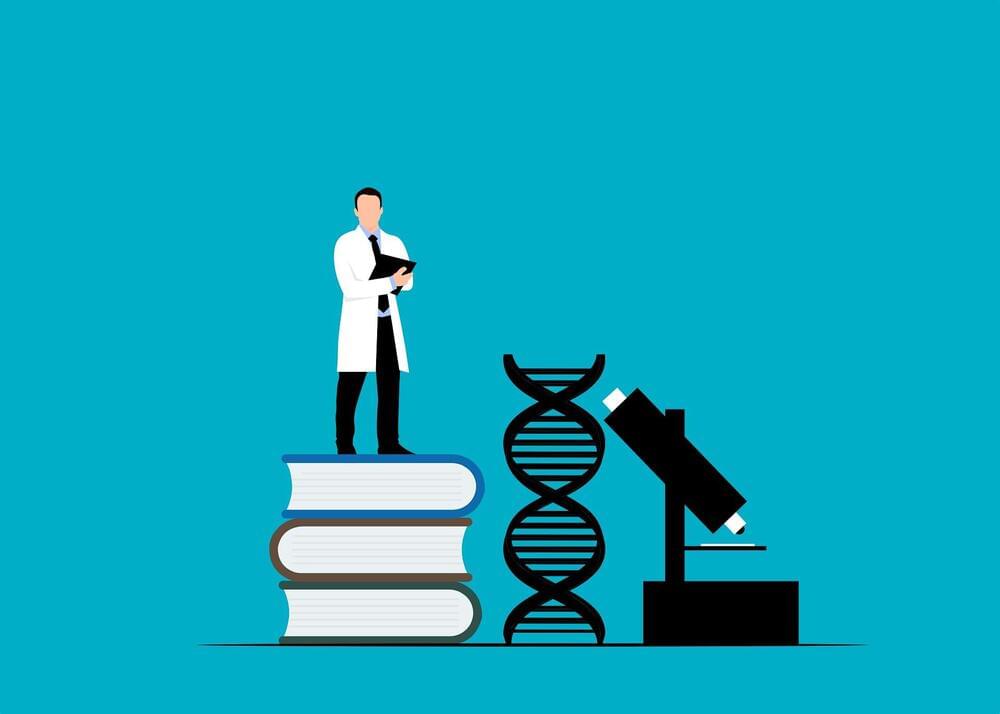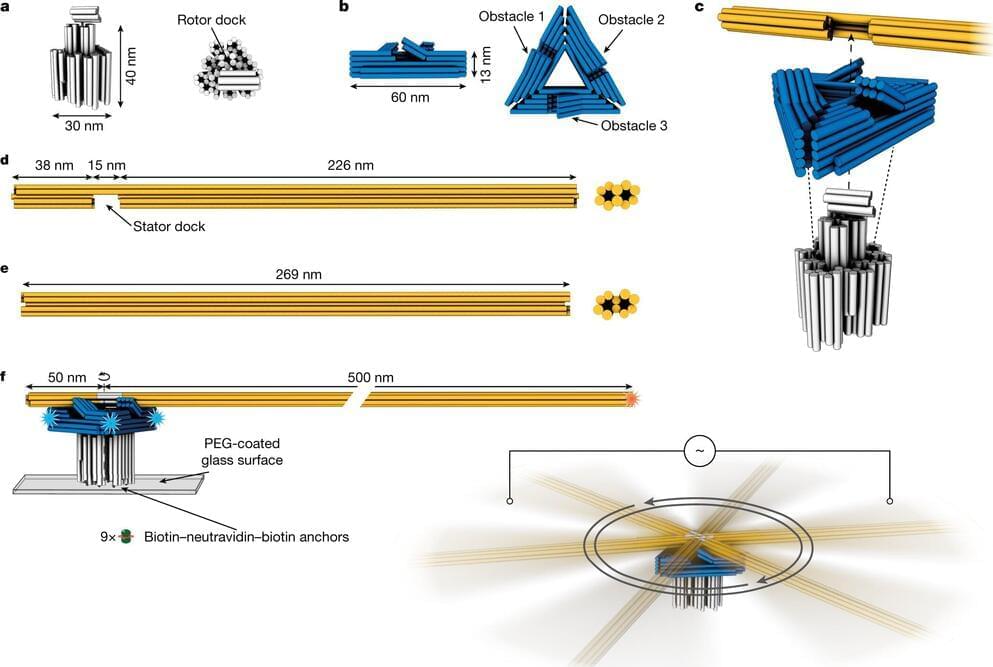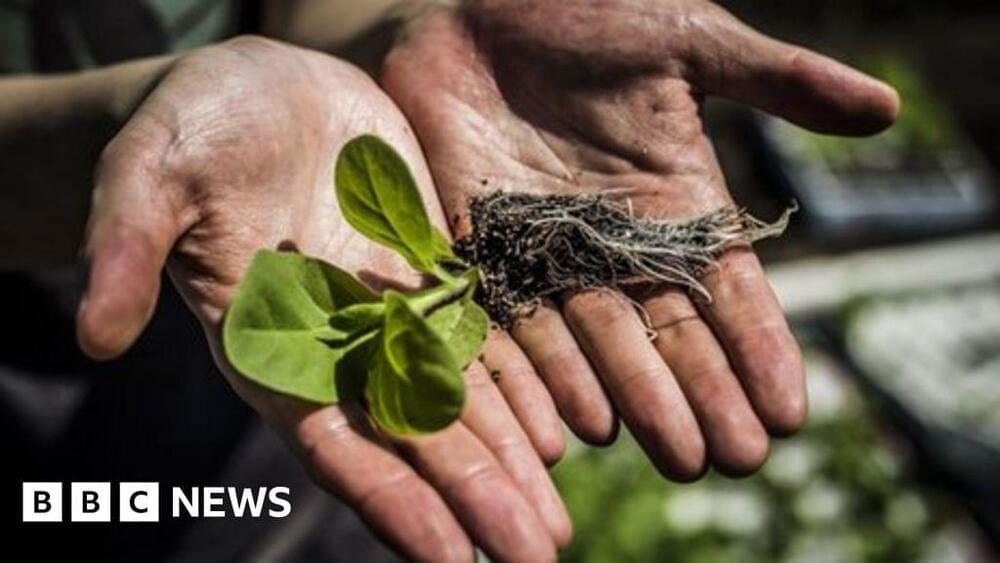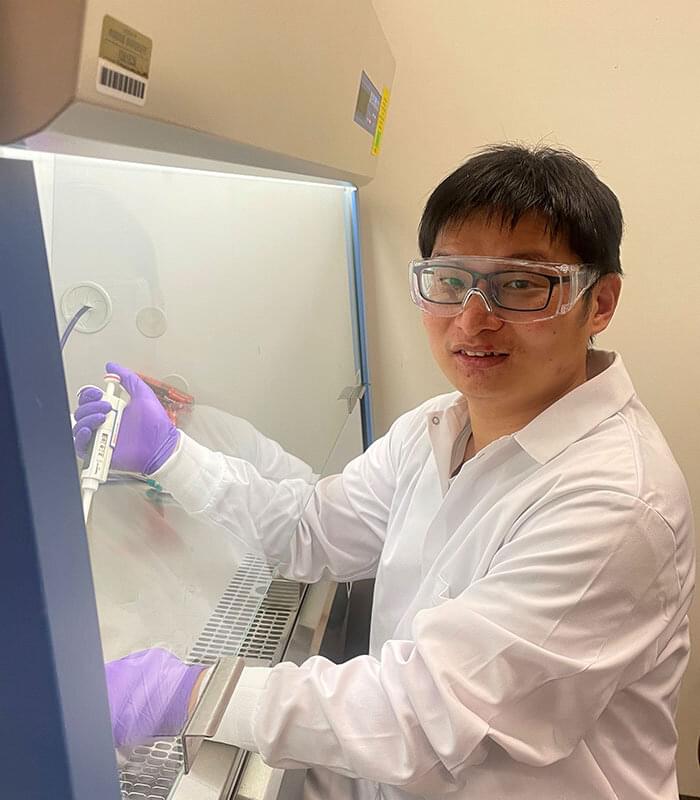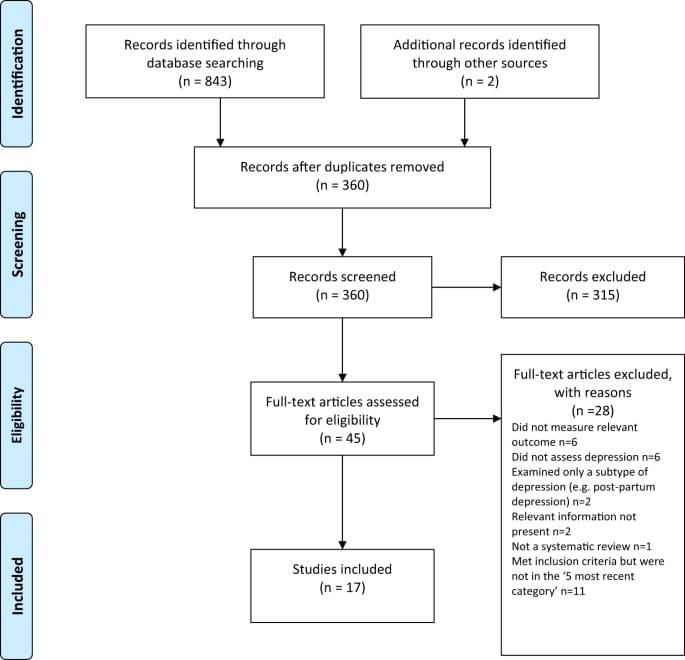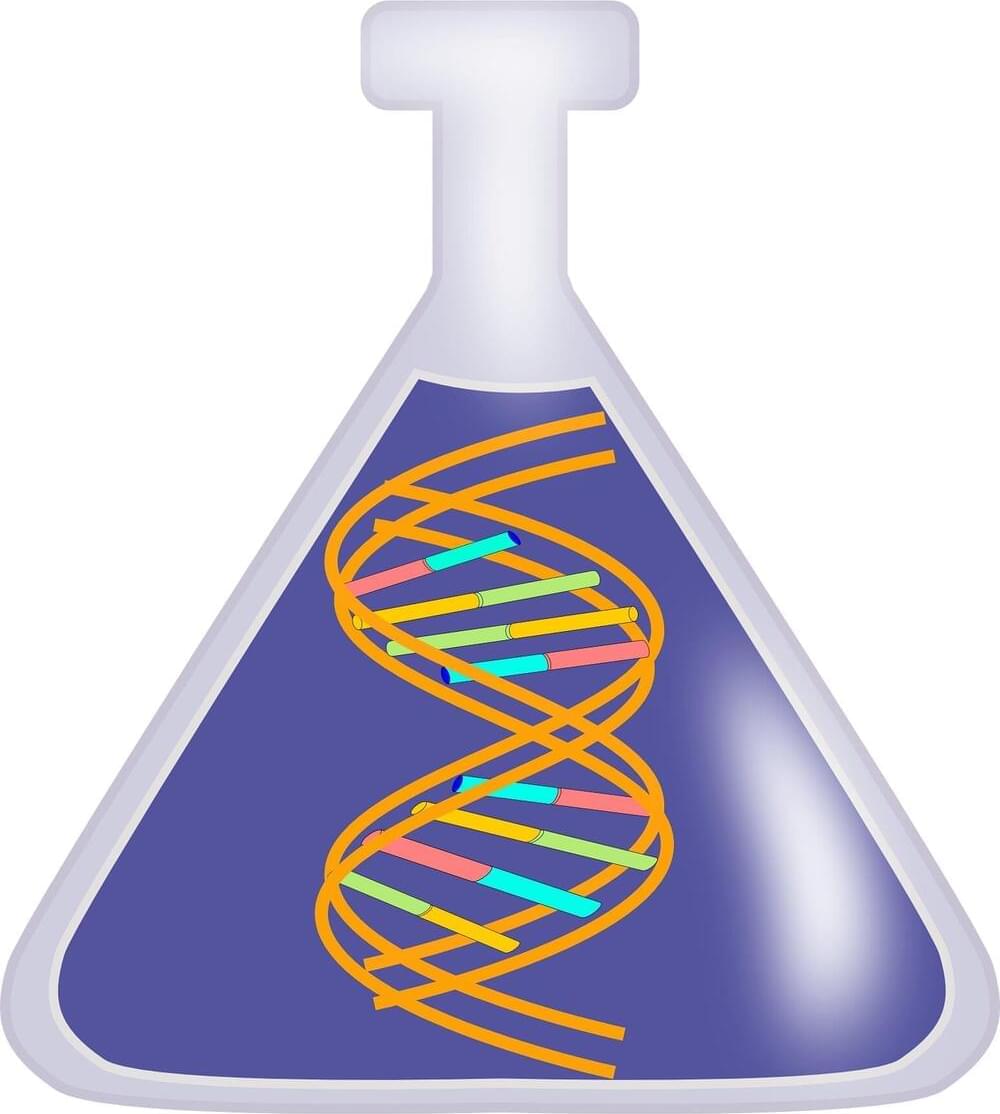https://www.jpost.com/health-and-wellness/article-714670 https://youtu.be/uc6f_2npsx8
The seeds of innovation appear to be seedless. According to game-changing research led by our very own Dr. Lior Rubinovich, it is now finally possible to grow avocado plants solely from tissue culture. Why is this good? Aside from being free of deformities, disease-proof, and significantly fast-growing – cultivated avocado plants mean genetic uniformity, which implies that all plants originate from the same delicious, nutritious, and healthy tissue. The founding of Bestree means a great deal for the northern region of Israel, both financially and innovatively. Therefore, we are proud to share this inspiring research with the rest of the world! Read more about Bestree & cultivated avocados in the full article https://www.ice.co.il/media/news/article/876527
האם ניתן לרבות שתילי אבוקדו בתרביות ריקמה? עד לפני כמה חודשים התשובה הייתה: “אולי, אבל טרם הצלחנו להבין כיצד לעשות זאת” היום התמונה היא אחרת, בעקבות מחקרו פורץ הדרך של ד“ר ליאור רובינוביץ’ הפך אבוקדו שמיוצר בתרבית ריקמה לרעיון שלא רק ניתן ליישמו במעבדה אלא גם למסחרו ולהביאו כבשורה לחקלאות העולמית! זהו פיתוחה וחזונה של חב’ Bestree אשר הוקמה על בסיס מחקרו של רבינוביץ’ ונחנכה בטקס חגיגי בקיבוץ אל-רום שבגליל. מעבר ליתרונות השיווקיים והכלכליים של המהלך – הקמתה של חב’ Bestree שמה את מיגל בשורה הראשונה של מכוני מחקר בעולם ובכך מקדמת גם את הפיתוח וההתחדשות החקלאית והמדעית של צפון מדינת ישראל! לחצו לקריאה מורחבת אודות חב’ Bestree https://www.ice.co.il/media/news/article/876527
Music video by Styx performing Mr. Roboto. © 1983 A&M Records.
Best of Styx: https://goo.gl/n2JFbN
Subscribe here: https://goo.gl/UiH6GG
#Styx #MrRoboto #Vevo
